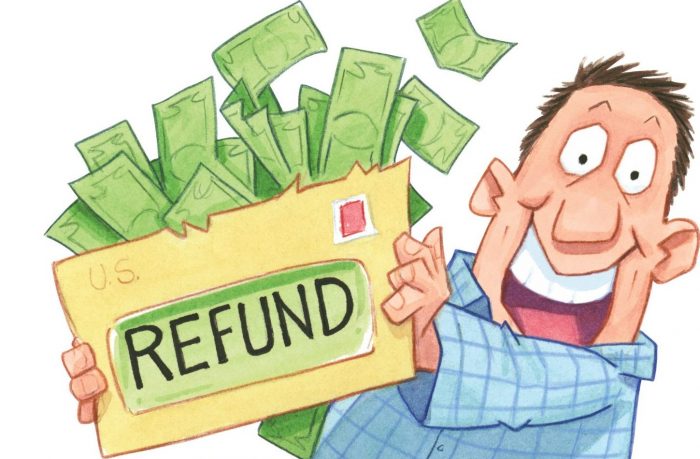Money Matters: What should you do with a tax refund
By Michael Christodoulou

Are you expecting a tax refund this year? If so, what will you do with it?
Of course, the answer largely depends on the size of your refund. For the 2020 tax year, the average refund was about $2,800, according to the Internal Revenue Service. But whether your refund this year will be about that size, smaller or larger, you can find ways to benefit from the money.
Here are some possibilities:
Contribute to your IRA
You’ve got until April 18 to fully fund your IRA for the 2021 tax year. But if you’ve already reached the maximum for 2021, you could use some, or all, of your refund for your 2022 contribution. Assuming you did get around $2,800, you’d be almost halfway to the $6,000 annual contribution limit. (If you’re 50 or older, you can contribute up to $7,000.)
Invest in a 529 plan
If you have children or grandchildren, you might want to invest your refund in a 529 education savings plan. A 529 plan’s earnings can grow federal income-tax free, and withdrawals are federal income-tax free provided the money is used for qualified education expenses. If you invest in your own state’s plan, you might get a tax deduction or credit.
A 529 plan can be used to pay for college, vocational training and even some K-12 expenses in some states. Plus, if you name one child as a beneficiary, and that child’s educational journey does not require the funds from a 529 plan, you may change the beneficiary to another eligible family member of the original beneficiary.
Boost your emergency fund
You could use your tax refund to start or supplement an emergency fund. Ideally, this fund should contain three to six months’ worth of living expenses, with the money kept in a liquid, low-risk account. (If you’re already retired, you might need this fund to cover a full year’s worth of expenses.) Without such a fund, you might be forced to dip into long-term investments to pay for costly housing or auto repairs or large medical bills.
Add to the ‘cash’ part of
your portfolio
It’s generally a smart move to keep at least a portion of your overall investment portfolio in cash or cash equivalents, because the presence of cash can help you in two ways. First, since its value won’t change, it can help cushion, at least to a degree, the effects of market volatility on your portfolio. And second, by having cash available, you’ll be ready to take advantage of attractive investment opportunities when they arise.
Reduce your debt load
It’s not always easy to minimize your debt load, even if you’re careful about your spending habits. But the lower your debt payments, the more money you’ll have available to invest for your future. So, you may want to consider using some of your tax refund to pay off some debts, or at least reduce them, starting with those that carry the highest interest rates.
Donate to charity
You could use part of your refund to donate to a charitable organization whose work you support. And if you itemize on your tax return, part of your gift may be deductible.
A tax refund is always nice to receive and it’s even better when you put the money to good use.
Michael Christodoulou, ChFC®, AAMS®, CRPC®, CRPS® is a Financial Advisor for Edward Jones in Stony Brook. Member SIPC.







